In the world of textiles, TENCEL and viscose are two popular and widely used materials. While they may appear similar at first glance, there are significant differences between them in terms of production process, properties, and sustainability. In this article, we will delve into the intricacies of TENCEL and viscose, exploring their dissimilarities and shedding light on their unique characteristics.
- Production Process:
TENCEL, also known as lyocell, is derived from wood pulp, primarily sourced from sustainably managed eucalyptus trees. The production process involves dissolving the pulp in a non-toxic solvent, spinning it into fibers, and then weaving or knitting them into fabric. On the other hand, viscose, also called rayon, is made from cellulose obtained from various sources like bamboo, beech trees, or cotton linters. The production process includes treating the cellulose with chemicals to create a viscous solution, which is then extruded into fibers and further processed into fabric. - Properties:
TENCEL boasts exceptional properties that set it apart from viscose. Firstly, TENCEL fibers are known for their superior moisture absorption, making them highly breathable and comfortable to wear. Additionally, TENCEL exhibits excellent temperature regulation, ensuring a cool and dry feel even in humid conditions. In contrast, viscose fibers have lower moisture absorption and can feel damp in humid environments. Secondly, TENCEL fabric has a smooth and soft texture, offering a luxurious feel against the skin. Viscose, while also soft, may not possess the same level of smoothness as TENCEL. Lastly, TENCEL is known for its strength and durability, outperforming viscose in terms of resistance to wear and tear. - Sustainability:
When it comes to sustainability, TENCEL takes the lead. The production of TENCEL requires less water compared to viscose, and the solvent used in the process is recycled and reused, minimizing waste. Furthermore, the eucalyptus trees used for TENCEL production are grown on land unsuitable for agriculture, reducing the strain on valuable resources. In contrast, viscose production involves the use of chemicals that can be harmful to the environment if not properly managed. Additionally, the sourcing of viscose from bamboo raises concerns about deforestation and the impact on local ecosystems.
Conclusion:
In conclusion, TENCEL and viscose may share some similarities as cellulosic fibers, but their differences are significant. TENCEL stands out with its eco-friendly production process, superior properties such as moisture absorption and durability, and luxurious feel. Viscose, while also widely used, may not possess the same level of sustainability and performance as TENCEL. Understanding these distinctions can help consumers make informed choices when selecting textiles that align with their values and needs.
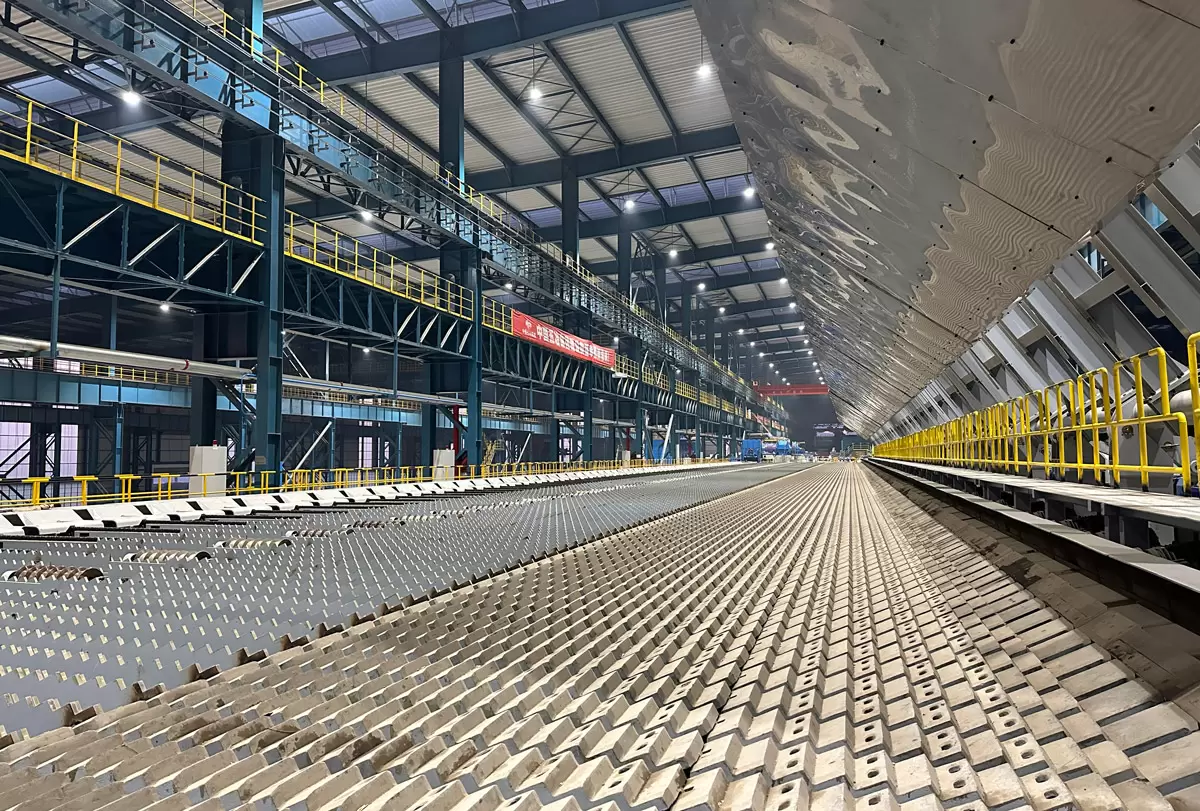

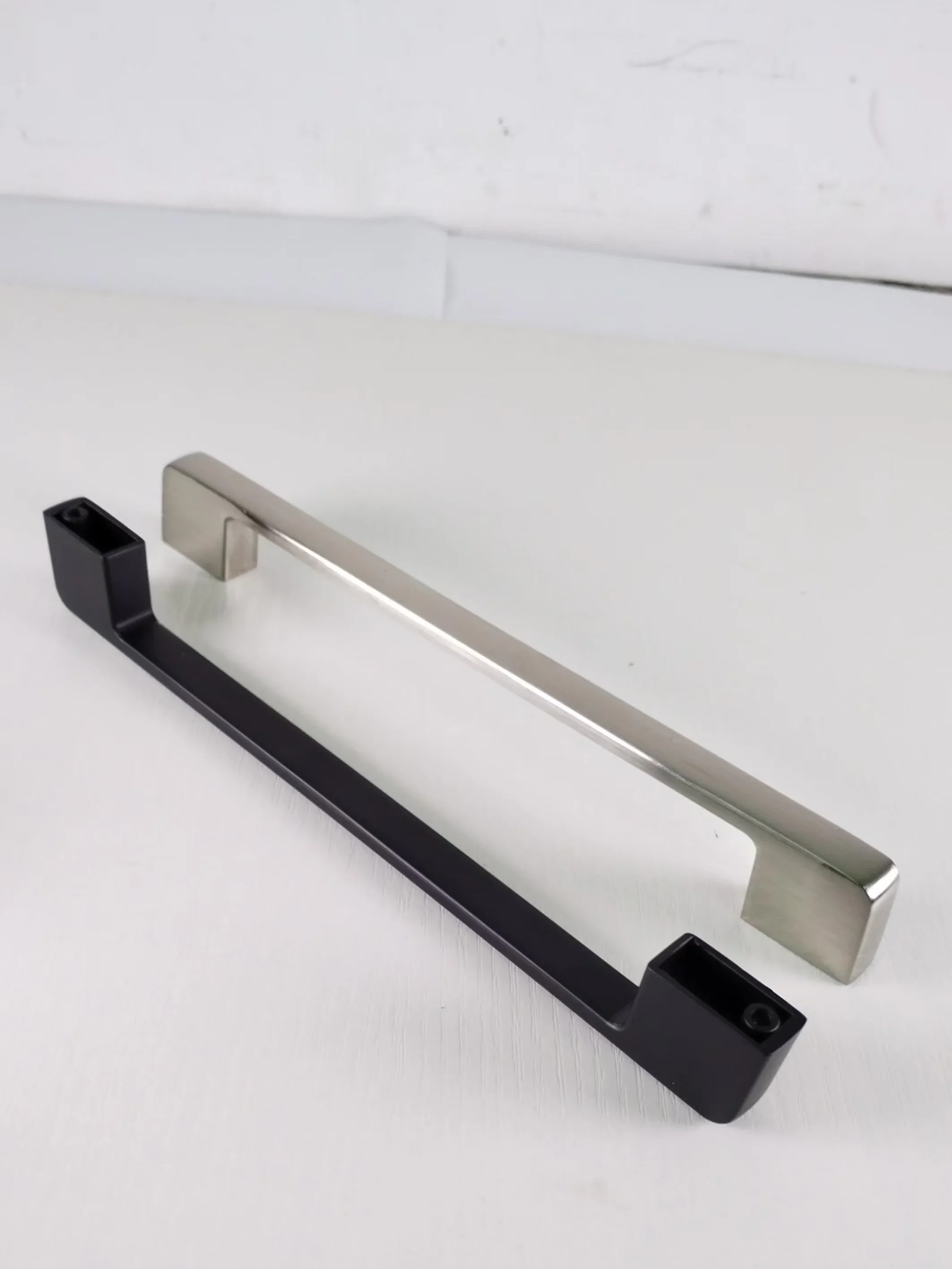
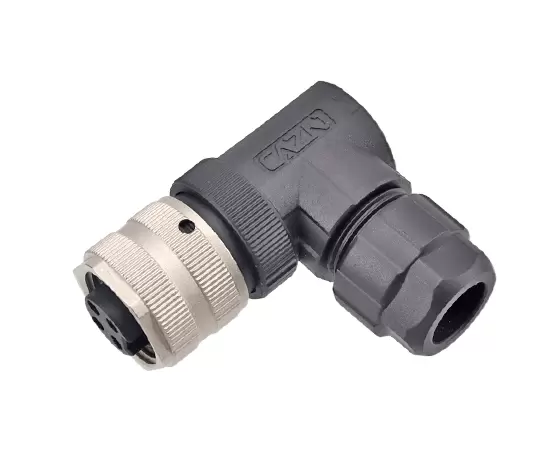

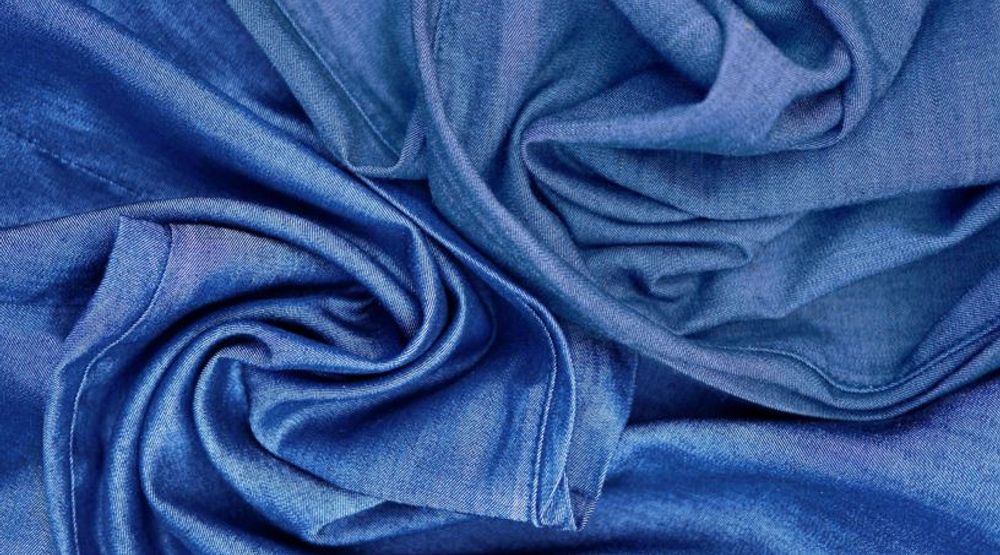
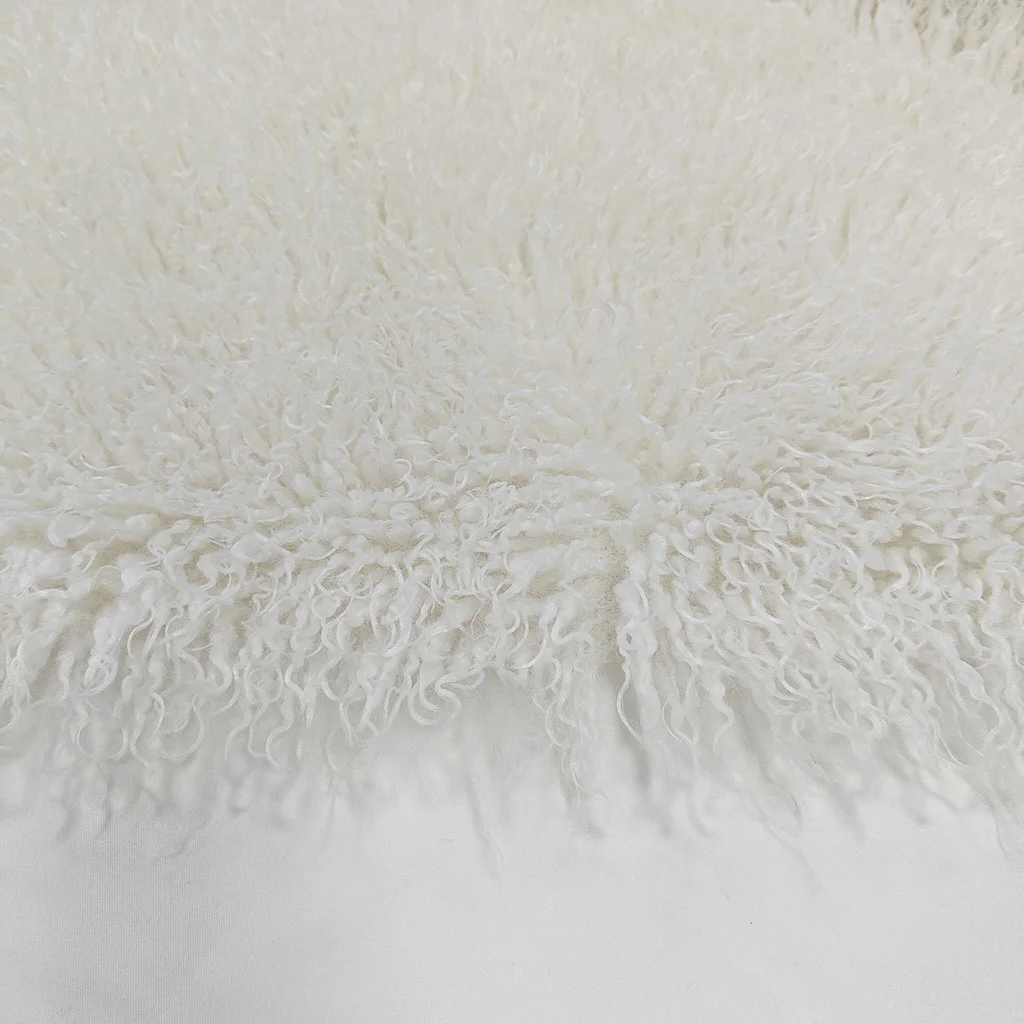
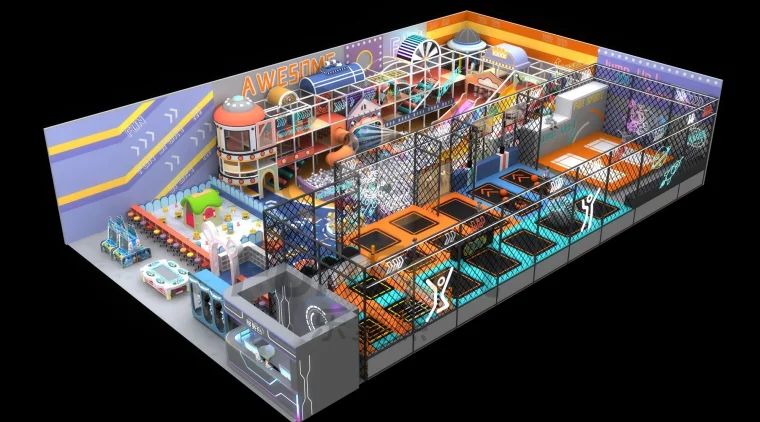
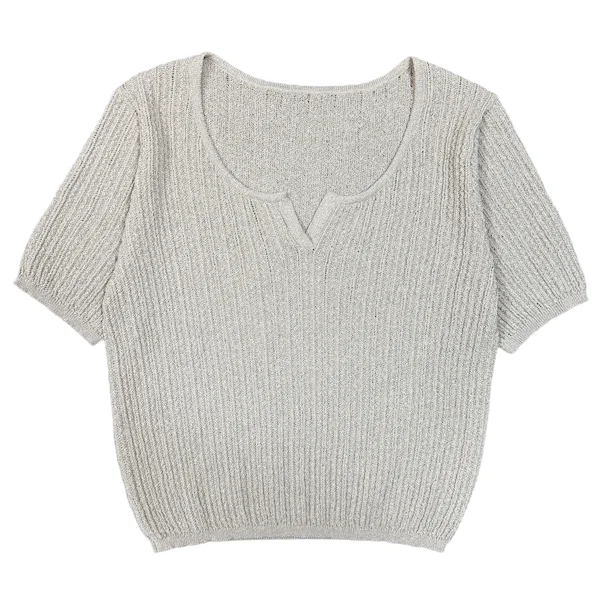
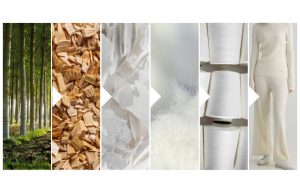
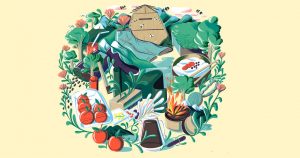

+ There are no comments
Add yours